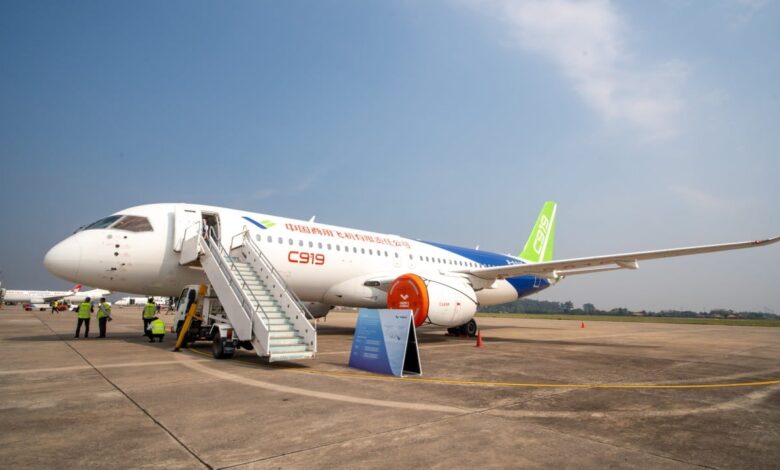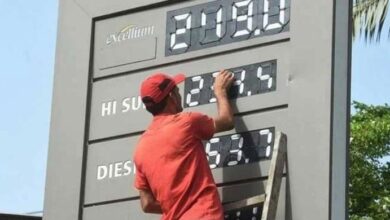As China’s ‘Air Silk Road’ grows, can Comac’s C909 and C919 jets take off abroad? – World Pakistan

China plans to help dozens of countries develop their civil aviation capabilities through the Air Silk Road – a campaign that could, in turn, promote its home-grown aircraft and boost trade with nations from Central Asia to Europe.
At a time of strained ties with the United States, the report also called for the development of international air route networks and express air traffic corridors with some trading partners.
“China’s civil aviation sector prioritises enhancing air route network connectivity with countries taking part in the Belt and Road Initiative, supporting the launch of new international passenger and cargo routes as well as increasing flight frequencies,” the report’s authors said.
Most of China’s BRI partners are in Central Asia, the Middle East, Africa and Eastern Europe.
The Civil Aviation Administration of China and the National Development and Reform Commission released the 77-page Chinese-English bilingual “Development Report on the Air Silk Road” in August.
Source link


